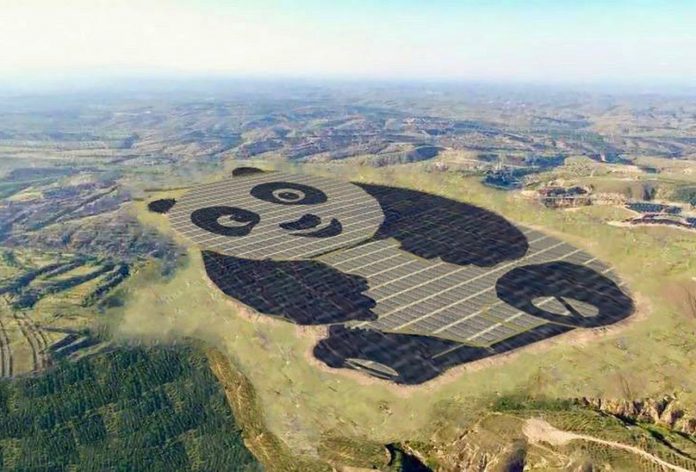For years we’ve heard excuses as to why the U.S. isn’t being more proactive when it comes to renewable energy, especially in the area of solar farms. Usually those excuses are in the form of “well, China and Indiana are bigger polluters and if they won’t change then it won’t matter if we do anyway”, or something along those lines anyway. The problem is, that both nations have been building, or are planning to build, large solar farms, wind farms, and have heavily invested in renewable energy. In fact, China reached their 2020 goals on new solar capacity back in 2017, three years ahead of schedule. China now has enough solar capacity, that if they were all running at 100% they could power the entire U.K. several times over.
There is incentive for this given that China is where 60% of the worlds solar panels are manufactured, so of course they have good reason to see that they are in demand, but over the last several years they have created huge solar farms, including two that look like giant pandas when seen from above. They have also gained valuable expertise in this area, which now has Chinese companies working to install similar solar farms in India, Fiji, Canada, and elsewhere across the globe. Meanwhile, the U.S. actually harmed their own solar industry with tariffs on imported panels and materials to manufacture panels at U.S. factories. While it the overall solar production is still up, it did dip in 2018 as several projects were put on hold until the tariffs decrease in coming years.
There are issues of course, Chinese solar farms are often built extremely far from where their energy is needed most, and as a result the capacity vastly outweighs the actual transmission due to several factors. One solution to this that the Chinese are already working on is higher energy transmission lines that won’t lose as much power over distance. Still, even with some hurdles, the push by China to move to greener energy is having an impact in other nations as governments compete to see who can have the “world’s largest” solar farm and the experience of Chinese companies, as well as the continued decrease in global solar panel prices makes the process both a bragging point, and one that makes economic sense.
The simple truth is that China is leading the world in solar capacity and soon, India is likely to join them with the help of Chinese companies. Meanwhile, we continue to cling to outdated ideas and demonize new ones.
Welcome!Log into your account














